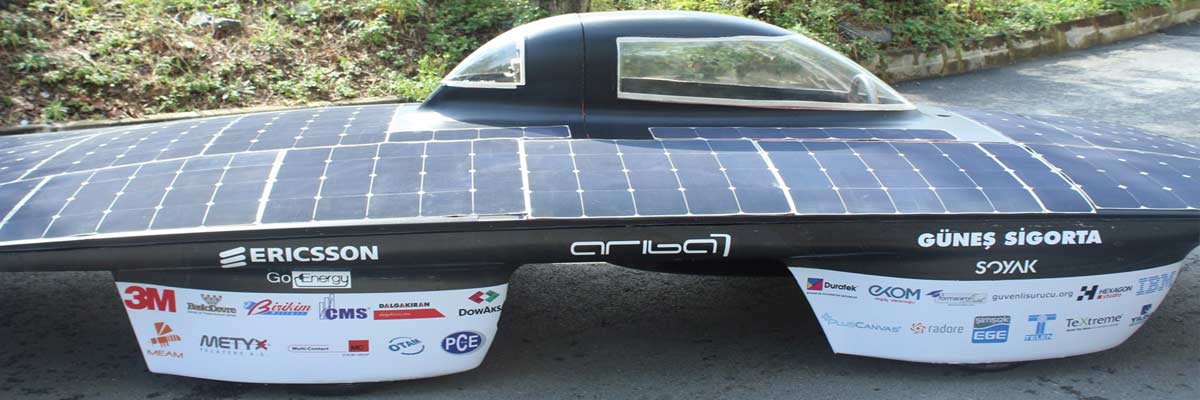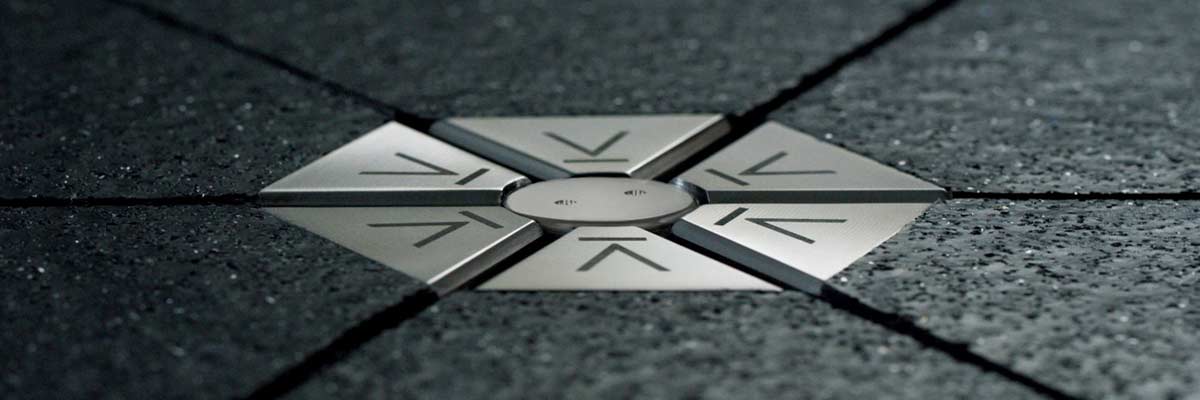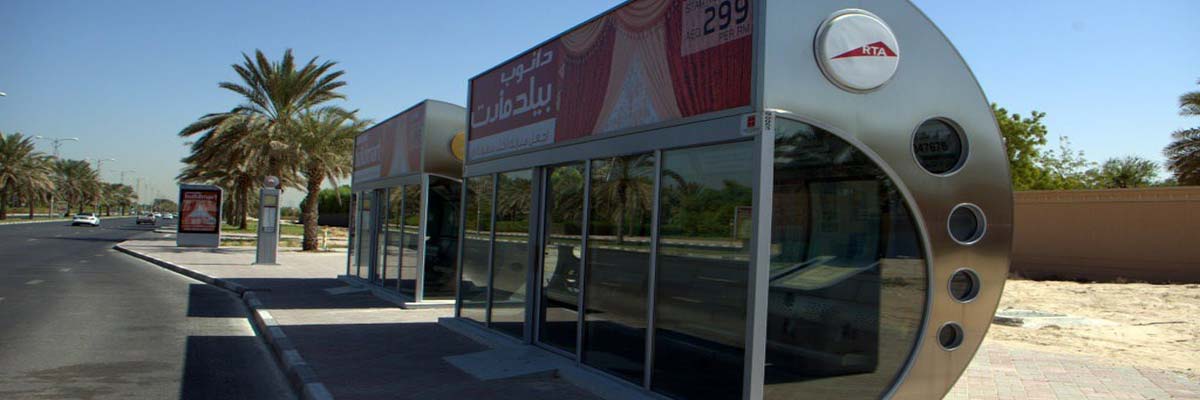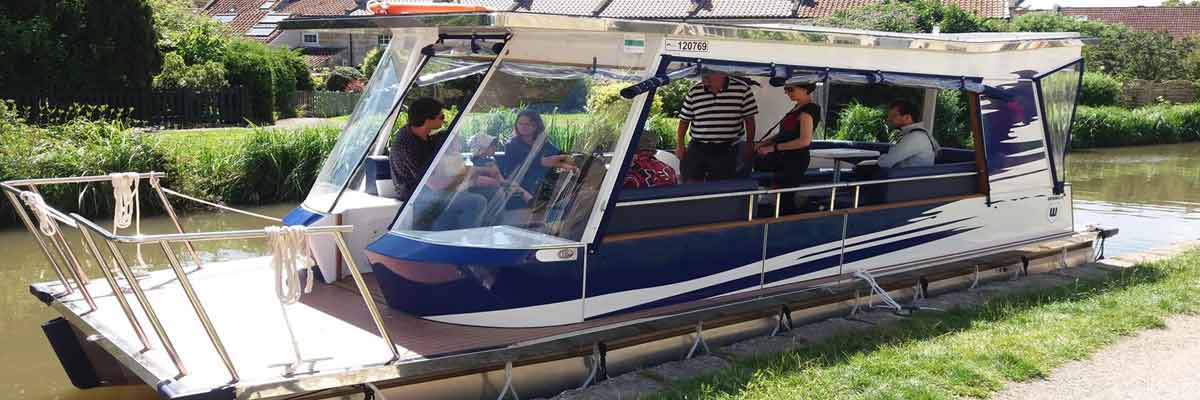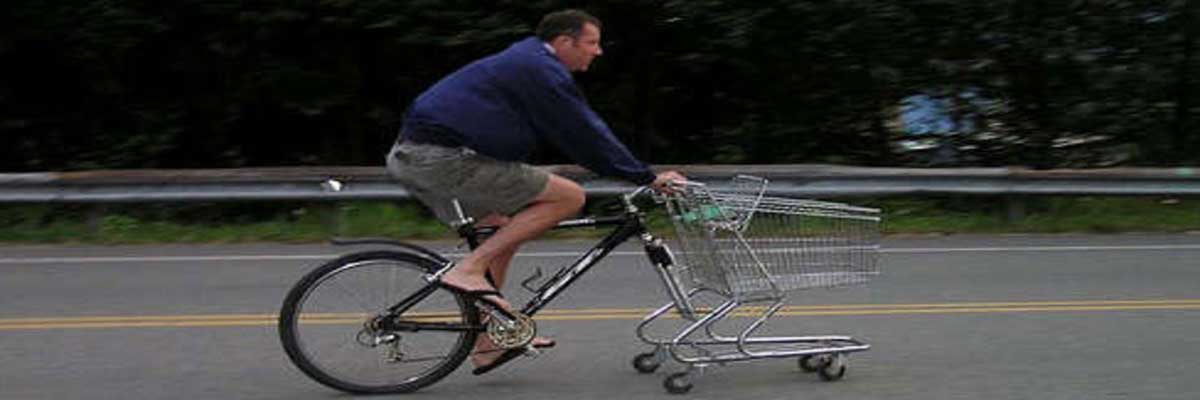Grooming The (Gen Y) Consumer Generation
As I prepare to head back to school, I’ve been thinking about how interesting it will be to interact with the next generation of students. Many of them will have grown up with the ability to log on to the internet and gain instant information, the ability to contact friends and family at a moments notice, and an overall different perspective on life. Not that I am that much older that they will be, but 10+ years is difference enough to grow up with a completely different set of ideas, beliefs and interests.
I came across a blog post that gives me pause, however. I wonder how many of these students will have spent a lifetime being groomed to grow up and be consumers.
This past weekend I had the occasion to visit a dorm at George Washington University. I hadn’t been in a dorm in years and was shocked at how nice it was. Each room in this particular dorm had its own kitchenette and bathroom. Some rooms have their own washer and dryer. Apparently, this is the norm. When I was in college we were crammed into tiny rooms with no amenities and sharing a bathroom with 6 other girls was the norm. We shared the laundry room with the entire dorm.
Apparently, today’s college students have grown up with certain standards and aren’t going to lower them just because they are in college and away from the comforts of home. In fact, they expect those comforts to follow them there. When deciding where to go to college, dorms and dining halls play as much a part as do the classes and football team.
The Venturi Astrolabe: A Street-Legal Formula One Solar Car
With a top speed over over 70mph and a range of almost an equivalent amount, the Veunturi solar car allows you to draw stares while commuting to work in Formula One style. 3.6 sqm of photovoltaic cells operating at 21% efficiency work to power what is considered the first ever commercial vehicle that’s capable of using absolutely no fossil resources. From the site,
“Capable of working with very little energy (16 kWc motor) and of recharging even when in motion, this vehicle of another era does not need to be permanently exposed to the sun in order to move. Its last-generation NiMH Venturi NIV-7 batteries ‘liquid cooled’ in fact enable it to restitute stored energy, whether solar or from the electricity supply, making it the first electro-solar hybrid vehicle. To attain this level of performance while using very little energy, Astrolab has been designed like a Formula 1 : its carbon monocoque chassis is ultra-light and serves as an oversized protection cell ensuring the safety of its occupants in the event of a collision. Its profile recalls the aqua-dynamic design of great racing yachts.”
Yum.
The PowerLeap: Harnessing Human Energy With Floor Tiles
Our friend Ruben Miller sent us an email on an alternative energy concept him and his wife submitted to the Metropolis’ Next Generation 2007 competition and we think it’s pretty cool. While the idea of harnessing human energy has been around for awhile, this one actually seems feasible. From the article,
“Imagine a nightclub where dancers generate the venue’s electricity just from the impact of their steps. With Redmond’s innovative flooring system, this vision of a human-powered energy source may be close to a reality. The floor tiles, cast in durable concrete and recycled glass, are fitted with piezoelectric brass-reinforced ceramic plates covered in nickel electrodes. With the impact of each footstep, a metal pointer inside the tile compresses the ceramic plate, generating an electric impulse. The resulting voltage activates four LED lights, visible through the glass surface, allowing energy-generating participants to see the power of their steps.”
This type of technology is intended for high-traffic areas; sidewalks, playgrounds, school hallways, etc. Obviously, you could do away with the LED lights and incorporate the idea into flooring that makes the whole thing less obvious. We love the concept, however, and hope Elizabeth and Ruben keep pushing to make it a reality.
The 4 Day Work Week
The notion of our standard work week here in America has remained largely the same since 1938. That was the year the Fair Labor Standards Act was passed, standardizing the eight hour work day and the 40 hour work week. Each Monday, Tuesday, Wednesday, Thursday and Friday workers all over the country wake up, get dressed, eat breakfast and go to work. But the notion that the majority of the workforce should keep these hours is based on nothing more than an idea put forth but the Federal government almost 70 years ago. To be sure it was an improvement in the lives of many Americans who were at the time forced to work 10+ hours a day, sometimes 6 days of the week. So a 40 hour work week was seen as an upgrade in the lives of many of U.S. citizens. 8 is a nice round number; one third of each 24 hour day. In theory it leaves 8 hours for sleep and 8 hours for other activities like eating, bathing, raising children and enjoying life. But the notion that we should work for 5 of these days in a row before taking 2 for ourselves is, as best I can tell, rather arbitrary.
The idea of a shorter work week is not a new one to anyone old enough to have lived through the energy shocks of the 1970’s. It should be fairly obvious to anyone interested in conserving oil that reducing the number of daily commutes per week would reduce the overall demand for oil. There are about 133 million workers in America. Around 80% of them get to work by driving alone in a car. The average commute covers about 16 miles each way. So let’s stop and do some math:
The Not-So-Green Picture: First Air Conditioned Bus Station
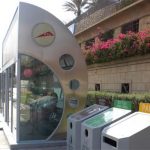 Dubai is boasting of their latest creation: the first air-conditioned bus station in the world; ironically located next to some recycle bins in this photo. Instead of employing some green building techniques to reduce the heat, the affluent country opted instead to build an energy-hungry haven instead. Not only that, but more than 800 of them are planned in the coming years.
Dubai is boasting of their latest creation: the first air-conditioned bus station in the world; ironically located next to some recycle bins in this photo. Instead of employing some green building techniques to reduce the heat, the affluent country opted instead to build an energy-hungry haven instead. Not only that, but more than 800 of them are planned in the coming years.
UPDATED: Making Homemade Laundry Soap
Last night after cooking supper I decided to cook up a batch of laundry soap. A friend had sent me the recipe for homemade laundry soap a while back and I’ve been anxious to try it since. I followed the recipe shown here (if you check the comments there is even one for a dry laundry soap.)
 First things first, I got some water boiling and started to carve up the bar of soap. We used Caress, which I don’t recommend, the smell was overpowering. And it reminded me of my grandmother too much. If you purchased a bar of eco friendly soap you’d be in even better shape. Or a local bar of soap would be good too.
First things first, I got some water boiling and started to carve up the bar of soap. We used Caress, which I don’t recommend, the smell was overpowering. And it reminded me of my grandmother too much. If you purchased a bar of eco friendly soap you’d be in even better shape. Or a local bar of soap would be good too.
Solar (Assisted) Electric Boat Navigates the Erie Canal
This news story caught my eye during the busy month of August. While electric cars have been the talk of the green blogosphere over the last year, this is the first instance I’ve heard of electric boating.On August 12, the Tamarack Lake Boating company launched “The Loon” a pontoon boat with 738 watts of solar panels mounted on its cover, and a 30 mile range on its 48 Volt deep-cycle battery array. (Syracuse.com)
With the flick of a switch, Canadian boat builder Monte Gisborne turned on his solar-powered pontoon boat, The Loon, and quietly slipped out of Oswego Harbor.
“It’s beautiful. It’s my first time on this canal and it’s beautiful,” Gisborne said as The Loon approached the Minetto Bridge. “The sky is clear, there’s a nice breeze blowing and people along the shoreline are waving I couldn’t be happier.”
The 12-day journey will take the Gisbornes – Monte is accompanied by his wife, Denise,
Read More
Green Ideas We’d Like To See: The Bike-Shopping Cart
I had a great idea forwarded to me by RubenMiller through StumbleUpon. Basically, it’s a shopping cart bike that adds to the already growing list of ways you can go bagless at the supermarket. In his own words,
“Here’s a scenario: Imagine riding up to the grocery with a shopping cart bike. You park your bike at a rack and unlatch the cart to wheel into the store. Without using any bags, you can pay, put the groceries back in your cart, hitch up to your bike and ride off!
Some years back, IDEO worked on a concept for a smart shopping cart. I wasn’t sure how practical it would really be. Somehow, I think this simpler variation is much more likely to make it past prototype phase and into real stores.
You might argue that multi-level dwellers couldn’t manage without bags, but for those who don’t have an elevator, a removable insert/basket could be built into the design.”
It’s a cool idea — perhaps not practical for all and a little unwieldy — but an interesting integration beyond the traditional bike basket. What do you think?
Excess Nightime Grid Energy Could Power More Than 70% Of Electric Vehicles
According to a recent U.S. Department of Energy study, there is so much excess energy on the U.S. grid nightly that if every light-duty car and truck in America today used plug-in hybrid technology, 73 percent of them could be plugged in and “fueled” without constructing a single new power plant. So much for the myth that electric vehicles will cause more emissions.
The Portland Press has a great article on the potential benefits of harnessing this excess energy and making the switch to plug-in vehicles. Apparently, each night there is a large amount of renewable power generation capacity that sits idle. Tapping into this source by plugging in our vehicles at night would harness a vastly unused portion of the U.S. grid. From the article,
“Studies have shown that plug-in hybrids produce at least 67 percent fewer harmful emissions than a standard gasoline-powered car. Even when accounting for emissions from the production of electricity, national studies have shown greenhouse gas production would fall by almost 40 percent if plug-in hybrids became commonplace. Plug-in hybrids could easily be expected to get over 100 miles per gallon of gasoline, and owners would do most of their refueling at home where the equivalent cost of electricity is about $1 per gallon.”

